What's the best time to visit Machu Picchu?
The best time to visit Machu Picchu is either during April and May for fewer tourists and mild weather, or between June and August for the sunniest days but with more crowds. The region’s subtropical climate means a wet and dry season, with post-rainy season visits revealing lush, green surroundings. Opt for an early morning visit to avoid the peak tourist times, especially if you’re traveling during the busy dry season.
Machu Picchu is one of the most spectacular places in the world and a must-visit destination for anyone interested in history or beautiful scenery. The spectacular archeological site has the remains of an Incan city dating back to the 15th century that was practically untouched by the Spanish conquest.
Hardy visitors that come to visit are treated with a perfectly preserved city with massive stone walls, all nestled in the high Andes Mountains of Peru, with spectacular views at any angle.
Machu Picchu is one of the New Seven Wonders of the World, so absolutely somewhere that you should visit. The trick is to make sure you visit at the right time, so the site is beautiful—and accessible. Keep reading for tips on planning your trip.
The Overall Best Time to Visit Machu Picchu
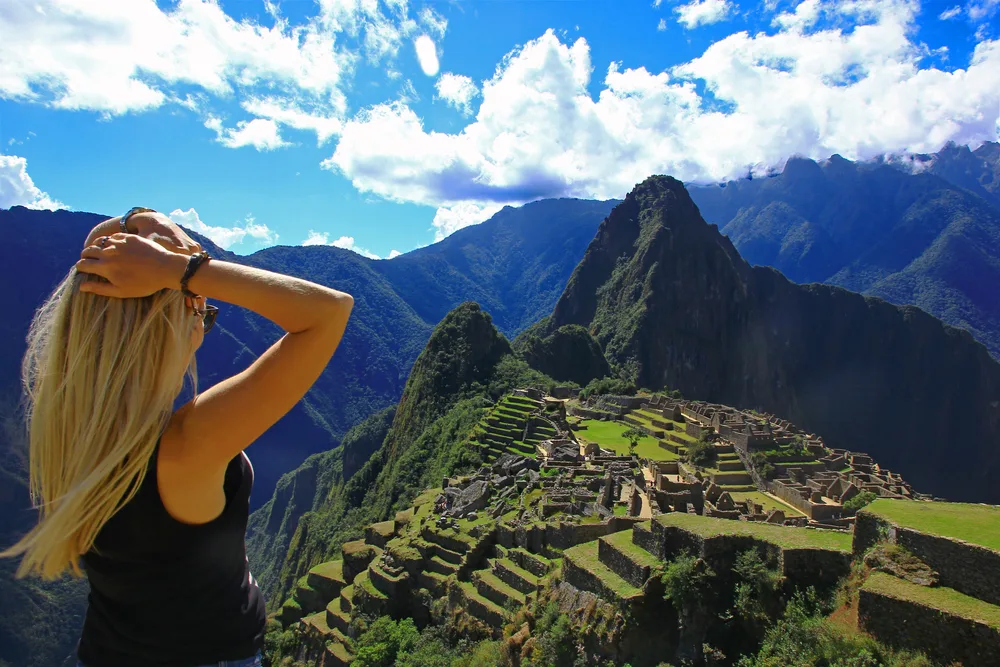
Jane Petrick/Shutterstock
The best time to visit Machu Picchu is in April and May, which are the shoulder season months, when you can beat the crowds but still avoid the worst weather. Peru’s winter (June to August) has better weather, but also more crowds.
This part of Peru has a subtropical climate, which means that it has a distinct rainy and dry season besides temperature differences across the seasons.
The nearby city of Cusco can help you gauge what conditions you’re likely to find in Machu Picchu at any given time of year since they have similar climates. The rainy season lasts from December to March, although the climate is fairly wet all year round.
By April, the rains are starting to peter out and temperatures are around 24-25 degrees Celsius (75-77 degrees Fahrenheit) although chillier at night. Spring is chilly but not too cold and wet or constantly rainy, making it the perfect weather for a hike.
Many visitors say that this is when Machu Picchu is at its most beautiful because the rains from the previous season made the mountains around the city green and gorgeous (and there aren’t as many crowds there to block your view).
For the absolute best weather, you’ll want to visit during Peru’s winter, June to August, which also coincides with the dry season. Although it can get chilly, dipping down to below 50 degrees at night, this is the time of year where you have the least chance of getting caught in the rain.
The trails will be in the best condition because they aren’t full of mud. In June, you can also catch the most important festival still happening in Machu Picchu, Inti Raymi, a traditional festival honoring the sun.
Inca people celebrate this festival in Cusco, and some even come to Machu Picchu to continue the traditions of their ancestors.
Before planning your trip, keep in mind that the dry season is the busiest time to visit Machu Picchu, so you’ll find plenty of crowds around. The best time of day to visit is around dawn, so you can still get the site to yourself despite the people around.
Cheapest Time to Visit Machu Picchu
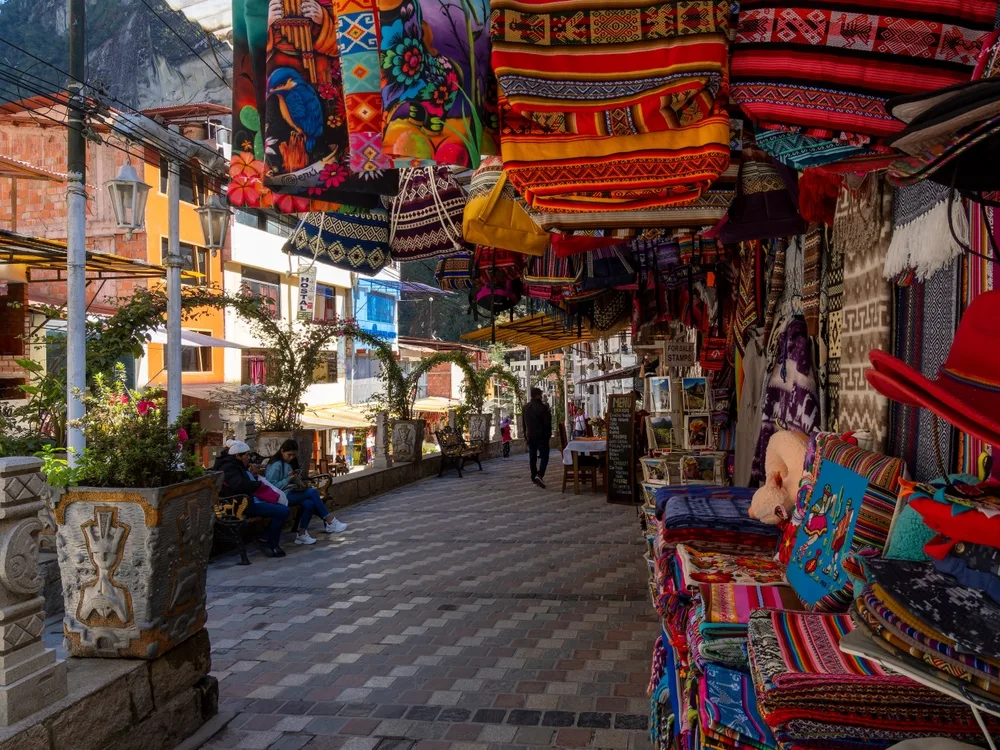
Aguas Calientes, Urubamba Province of Peru – June 7, 2023 : A small town known as Machu Picchu Pueblo situated in the valley below the famous ancient Inca city of Machu Picchu/Dgu/Shutterstock
The cheapest time to visit Machu Picchu is during the peak of the rainy season, between December and March, but you can also find good deals in October and November.
Most visitors to Machu Picchu stay in the nearby town of Aguas Calientes because you aren’t allowed to stay in the site itself. Most hotels in the town offer discounts during the low season from December to March, mostly by 15-20% but you can also find better deals.
If you want to save some money but don’t want to deal with heavy, rainy weather, then the best time to visit is in the autumn.
October to November costs a little more than the low season, but you can still get deals, sometimes up to 40% off a popular hotel, it just takes a bit of price comparison. Plus, you get to avoid the worst of the rains.
To save money on flights to Peru, the best time to visit is during the rainy season. Most flight operators offer discounts in February and March, when fewer tourists want to visit.
Just make sure to avoid Easter, which sometimes falls in March, and around when prices tend to go up. The price of some expenses associated with visiting Machu Picchu remain the same throughout the year.
Don’t expect to save on train tickets from Cusco to Machu Picchu for those who can’t hike, the bus from Aguas Calientes, and the entrance ticket to the site itself just because you are coming during the off-season.
Least Busy Time to Visit Machu Picchu
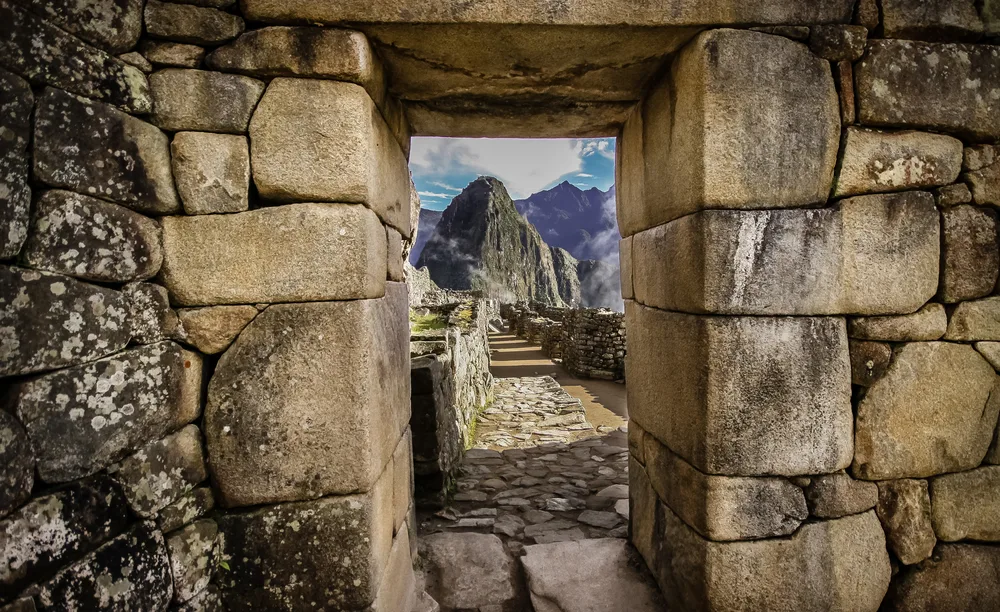
Uwe Bergwitz/Shutterstock
The least busy time to visit Machu Picchu is during the rainy season, but the best time to visit to beat the crowds is in the shoulder season of September-November.
Machu Picchu has a cap on how many daily visitors can enter, and the Peruvian government recently raised it to just over 4,000 daily visitors. You have to reserve your timed entry ticket in advance. This means that no matter when you visit, the site won’t be too overcrowded.
However, during peak seasons, the areas around the site are too crowded, and you have to reserve months in advance. Visiting towards the end of the dry season, in September-November, allows you to beat the worst of the crowds.
The rains are starting to increase and many tourists head home, but it still isn’t as bad as during the peak of the rainy season. If you really want to be alone on the site, then visit during the low season of December to March.
Then, you’ll see few visitors around in Aguas Calientes and Cusco as well, allowing you to enjoy those cities. However, keep in mind that not everything is open during the low season, so you may not be able to do everything you wanted to do.
Worst Time to Visit Machu Picchu
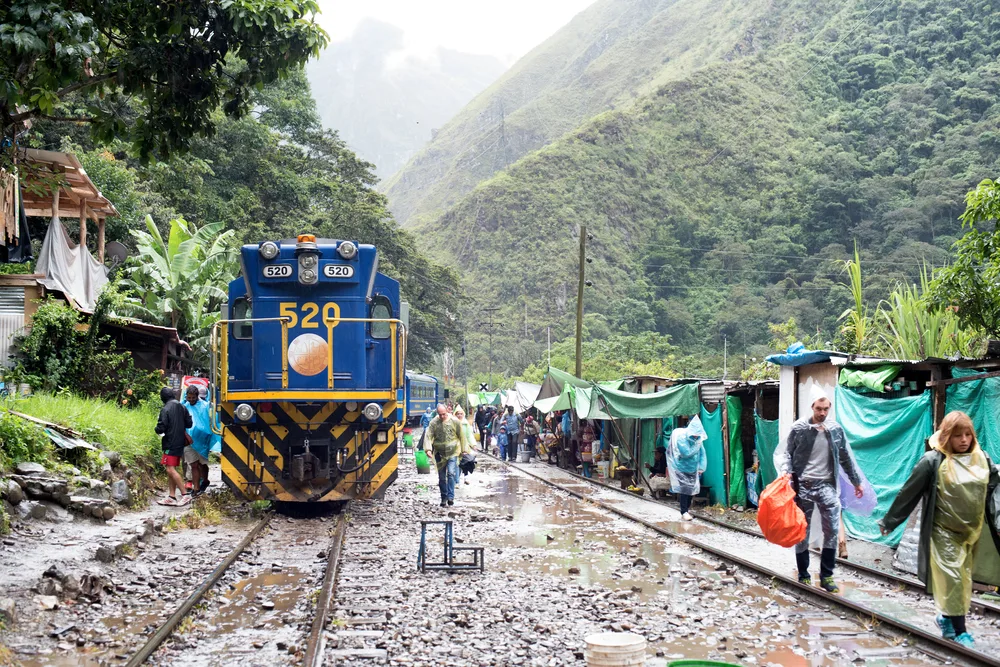
Allen.G/Shutterstock
The worst time to visit Machu Picchu is during the rainy season, when the heavy rains make for an unpleasant trip and a lot of popular parts of the experience close down. The rainy season in Machu Picchu shouldn’t be underestimated.
During the worst months, February and March, the site gets about six inches of rain per month, and it rains nearly every day. Even with very good waterproof gear, you probably won’t enjoy the constant downpours or get very good photos.
If you were hoping to hike the Inca Trail to Machu Picchu, you won’t be able to do so during the rainy season. Not only is it unpleasant with the constant rain, but in February it is literally impossible.
The Peruvian government closes the trail during the worst of the rainy season to prevent further damage and conduct much-needed maintenance. Traveling during the rainy season can save you money on accommodation and flights
But you may end up spending more than you budgeted because instead of trekking you will have to take the train or bus, which can get expensive. Some of the benefits of traveling during the low season may not be as pronounced as you think.
Frequently Asked Questions
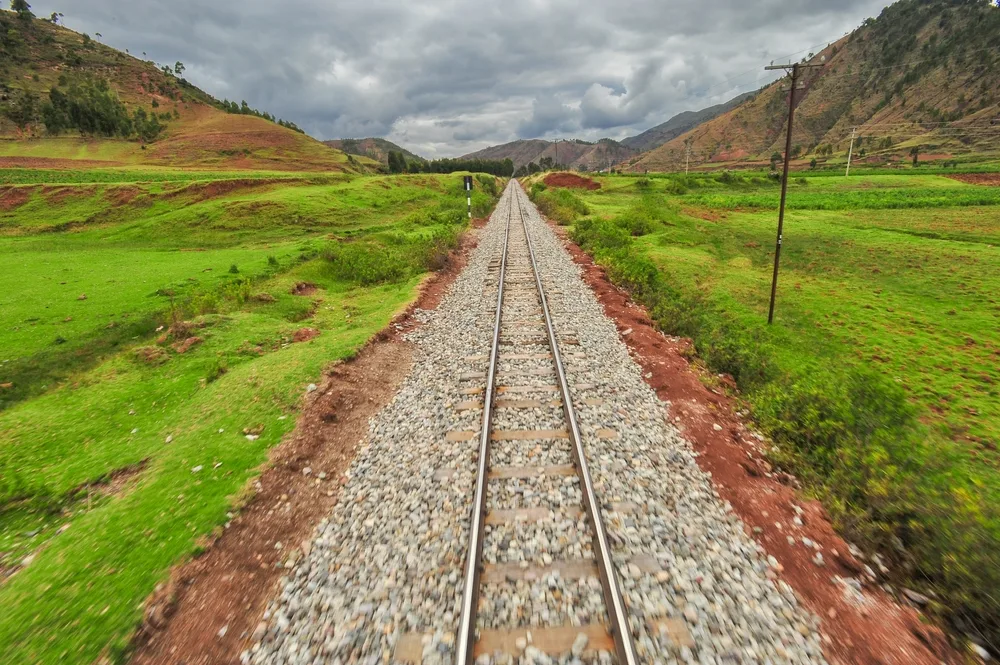
Solosacafotos/Shutterstock
Here are some of the most commonly asked questions to help you find the best time to visit Machu Picchu:
What is the best month to visit Machu Picchu?
The best month to visit Machu Picchu is May, when the weather dries out, but the crowds of the dry season aren’t there yet.
What are the rainy months in Machu Picchu?
The rainy months are from December to March, with the heaviest rains happening in February and March.
Is September or October better for Machu Picchu?
October is better to visit because the weather is warmer and there are fewer crowds, making for a better experience.
Do you stay overnight in Machu Picchu?
Staying overnight in Machu Picchu isn’t allowed, but you can stay overnight in the nearby town of Aguas Calientes.
So, What’s the Best Time to Visit Machu Picchu?
The best time to visit Machu Picchu is during one of the shoulder season months, April, May, October, or November, when the weather is nice but there aren’t a lot of crowds.



